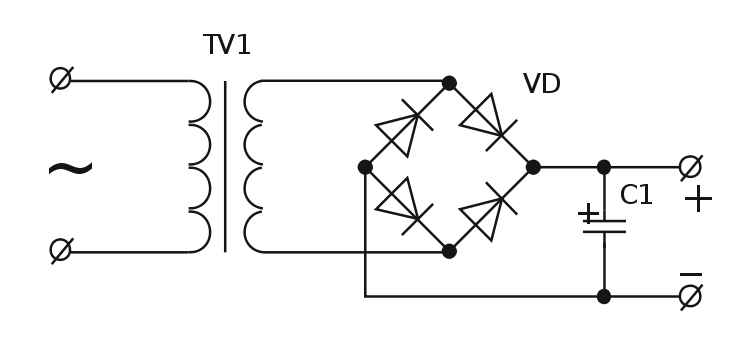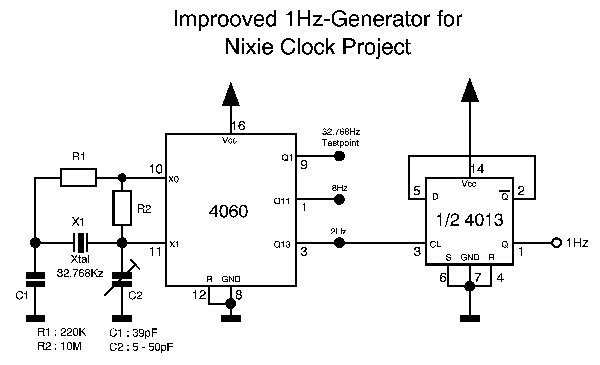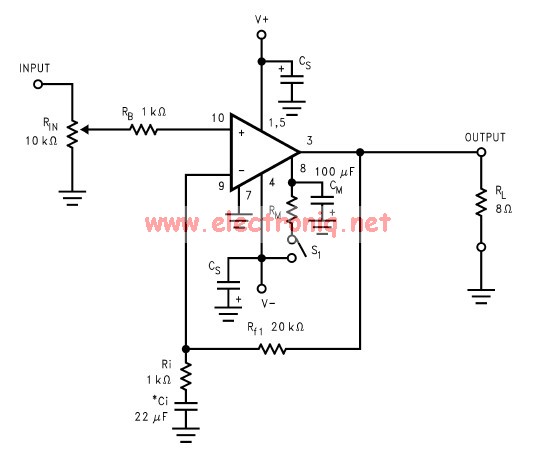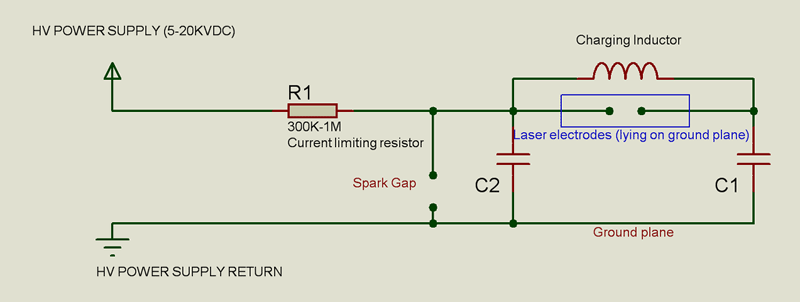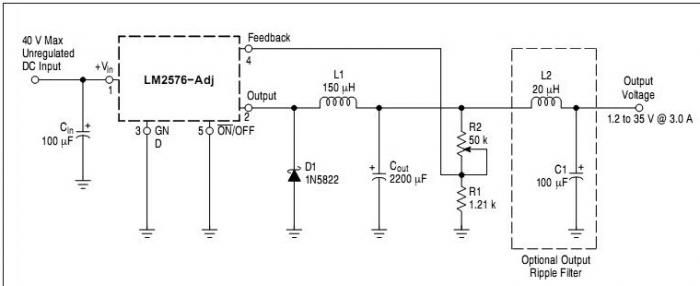
AirBorn Electronics project
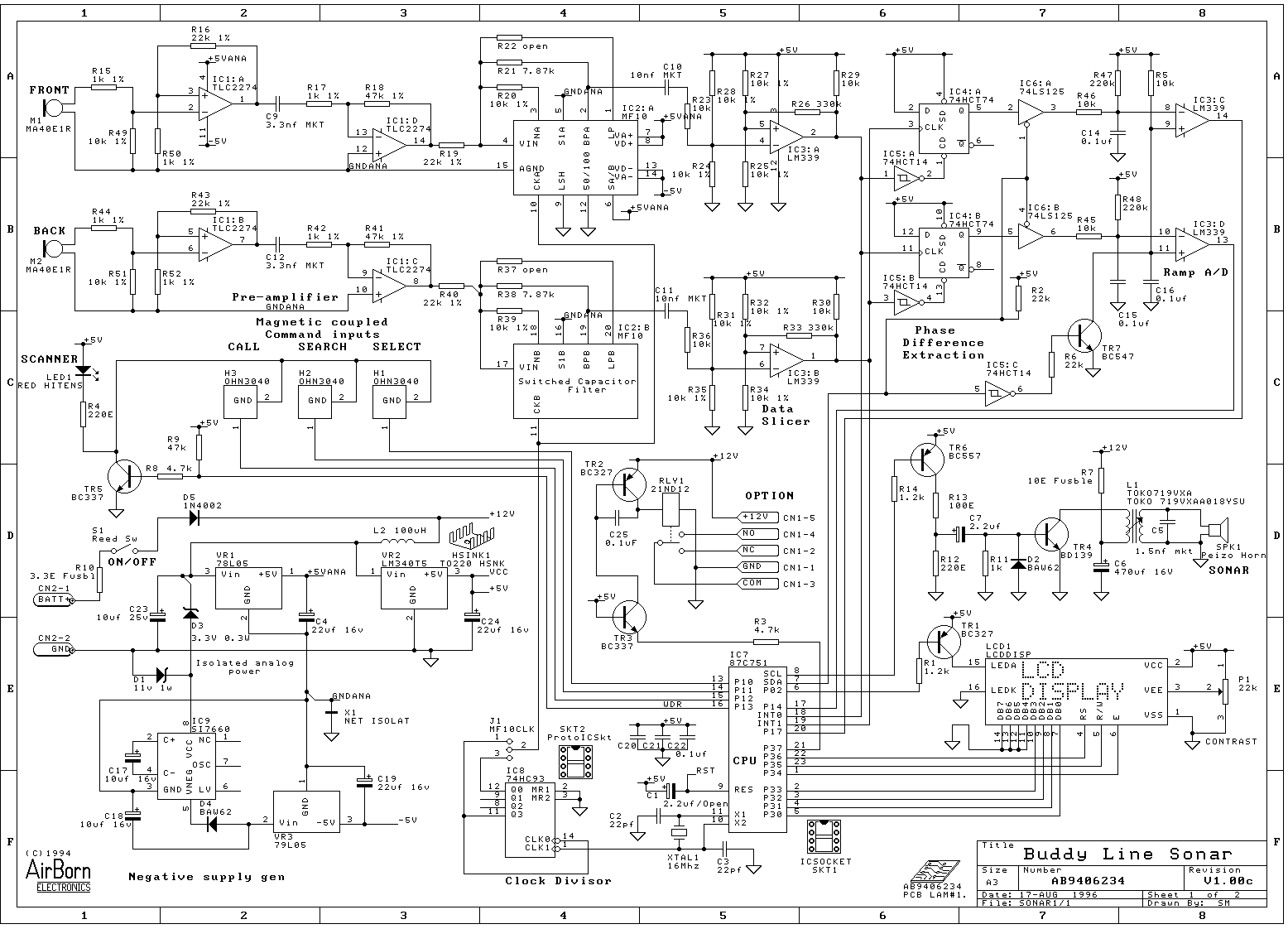
Embedded system design engineers create examples of their work from the 1990s era.
Embedded systems have evolved significantly since the 1990s, and the design work from that period reflects the technological limitations and innovations of the time. Engineers in this field focused on creating compact, efficient systems that could perform specific tasks within larger applications. Typical projects included microcontroller-based designs for consumer electronics, automotive systems, and industrial automation.
Common components used in 1990s embedded system designs included 8-bit and 16-bit microcontrollers such as the Intel 8051 and the Motorola 68HC11. These microcontrollers were often paired with peripheral devices like sensors, actuators, and communication interfaces to enable interaction with the external environment. The design process typically involved schematic capture, simulation, and PCB layout, often utilizing software tools that were less advanced than those available today.
In terms of programming, engineers often utilized assembly language or early high-level languages like C to maximize performance and efficiency. Code optimization was crucial due to the limited processing power and memory available in these systems. Debugging tools were also more primitive, often relying on in-circuit emulators and logic analyzers for troubleshooting.
The embedded systems designed during this era laid the groundwork for many modern applications, highlighting the creativity and resourcefulness of engineers who worked within the constraints of the technology available at the time.Embedded system design engineers design work examples from 1990s era. 🔗 External reference
Embedded systems have evolved significantly since the 1990s, and the design work from that period reflects the technological limitations and innovations of the time. Engineers in this field focused on creating compact, efficient systems that could perform specific tasks within larger applications. Typical projects included microcontroller-based designs for consumer electronics, automotive systems, and industrial automation.
Common components used in 1990s embedded system designs included 8-bit and 16-bit microcontrollers such as the Intel 8051 and the Motorola 68HC11. These microcontrollers were often paired with peripheral devices like sensors, actuators, and communication interfaces to enable interaction with the external environment. The design process typically involved schematic capture, simulation, and PCB layout, often utilizing software tools that were less advanced than those available today.
In terms of programming, engineers often utilized assembly language or early high-level languages like C to maximize performance and efficiency. Code optimization was crucial due to the limited processing power and memory available in these systems. Debugging tools were also more primitive, often relying on in-circuit emulators and logic analyzers for troubleshooting.
The embedded systems designed during this era laid the groundwork for many modern applications, highlighting the creativity and resourcefulness of engineers who worked within the constraints of the technology available at the time.Embedded system design engineers design work examples from 1990s era. 🔗 External reference
Warning: include(partials/cookie-banner.php): Failed to open stream: Permission denied in /var/www/html/nextgr/view-circuit.php on line 713
Warning: include(): Failed opening 'partials/cookie-banner.php' for inclusion (include_path='.:/usr/share/php') in /var/www/html/nextgr/view-circuit.php on line 713

